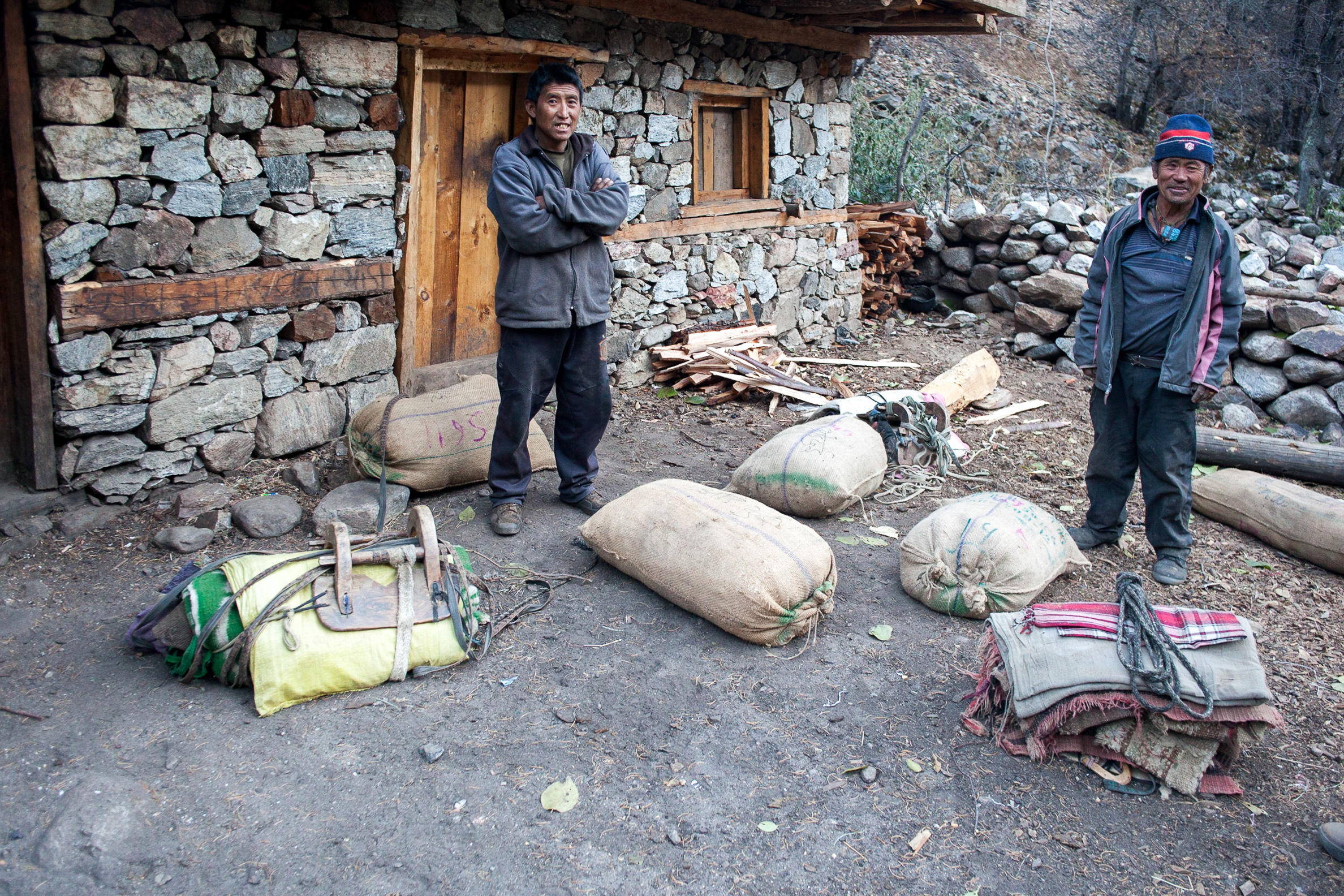
Abstract
Common conceptions of the Himalayas render them as frontier, as refuge, or as borderland, and tend to see remoteness as the primary factor that defines local conditions. This, however, fails to capture long-standing Himalayan experiences of being connected with the wider world. Remote does not necessarily mean “out-of-the-way”, and more important than distance from an urban center is the positionality of a particular place in relation to routes of exchange. In the high mountains of Asia, exchange, movement, and ambition usually congregate along certain lines – or pathways, as I propose to call them.
The notion of pathways sheds light on partial continuities where teleological assumptions engrained in center-periphery thinking tend to foreground a singular big transformation from tradition to modernity. Moreover, the notion of pathways renders visible both socio-spatial relations within borderlands as well as between them.
In this talk, based on research in northern Nepal since 2011, I use the concept of pathways to approach two interrelated themes at the core of Himalayan experiences of global history. First, in the Himalayas, pathways typically cross international borders. These borders, with their infrastructures and regimes, play a crucial role in how pathways are used, revived or abandoned. And second, pathway economies are closely tied to questions of distribution – both in a Marxist sense of how surplus is shared and in the sense of logistics and trade. Both, I argue, require forms of labour that are usually overlooked in current debates on seemingly remote areas around the world.

